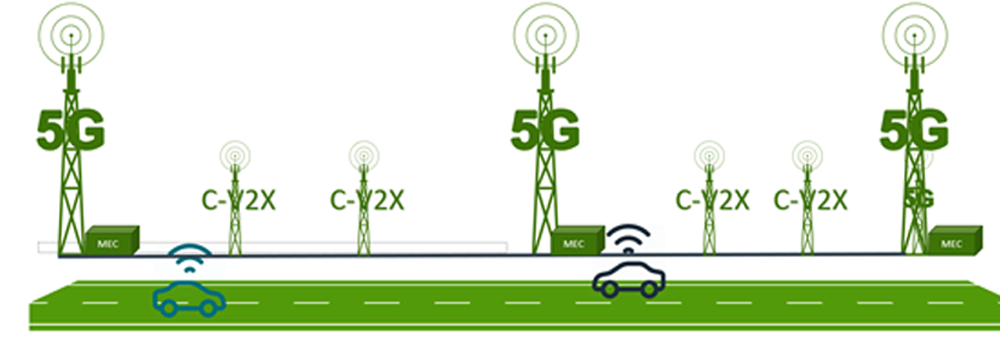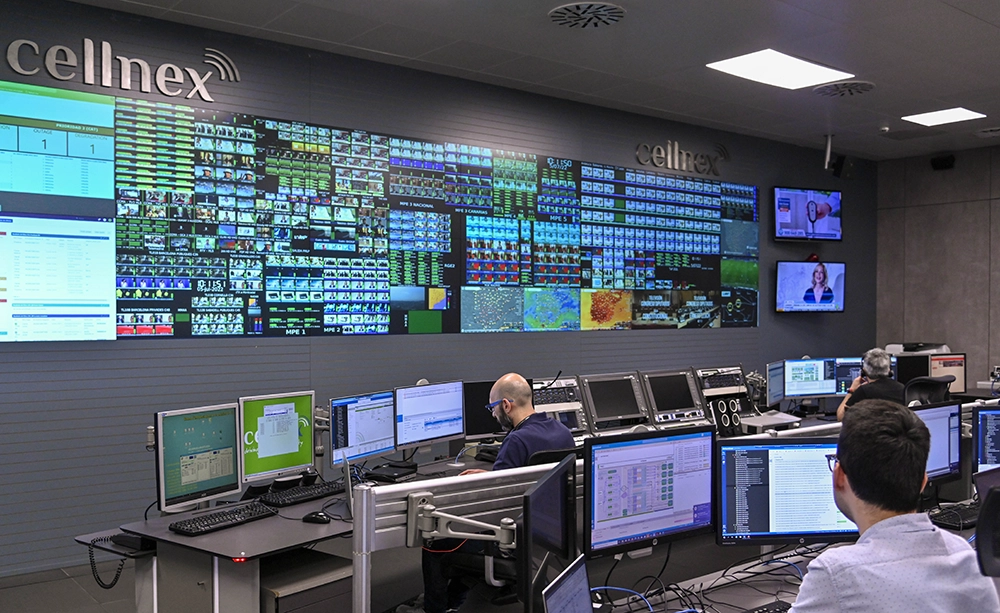
Want to talk?
These shortcuts may help you:

Your country and language
GlobalEnglish






Menú Principal
Connectivity Solutions






Menú Principal
Products and Technology



Menú Principal
Connectivity Solutions






Menú Principal
Products and Technology



Menú Principal
Connectivity Solutions
BY INDUSTRY








 Select your country
Select your country













 Select your language
Select your language


 Select your language
Select your language


 Select your language
Select your language


 Select your language
Select your language


 Select your language
Select your language




 Acces to our intranets
Acces to our intranets

Want to talk?
These shortcuts may help you:

Utilities –and energy generation and distribution– will play a key role in the forthcoming energy transitions. Electricity grids are increasingly faced with the challenge to flexibly enable new energy production sources, and sustainable energy is at the forefront of the public debate.
Grids are increasingly being equipped with IoT and data management tools to granularly monitor and control assets and manage distribution, generation and consumption of energy.
Since an utility grid typically spreads all over a country, there are sites and substations located in sparsely populated areas. Here, on-premises wireless access to communications is likely to be cost effective and adequate.
Private wireless networks with predictable and consistently tight KPIs are likely to play a role, with coverage on premise at utilities’ facilities and along the grid.

RC Celta improves connectivity at Abanca Balaídos stadium with Cellnex

Cellnex will provide connectivity in two tunnels on the FGC Lleida - La Pobla railway line

USP and Cellnex sign an agreement to deploy 5G antennas in press kiosks

5GMED Project Accelerates 5G Deployment and Connectivity in the Mediterranean Corridor

Airbus and Cellnex strengthen partnership for mission-critical communications

CRETA, an innovative project to promote sustainable mobility and reduce traffic emissions

The 5G Catalonia project receives the GSMA Foundry Excellence Award

Cellnex and Dublin City University (DCU) partner on Ireland’s first 5G enabled ‘Smart Campus’

Cellnex certified for sixth consecutive year as “Zero Outage Supplier”
¡Thanks for subscribing!
¡You have successfully subscribed!.
Thank you for your interest.
Within a few moments you will receive an email with a link to the whitepaper/brochure..
¡Thanks for the confidence!
We have correctly received your request.
